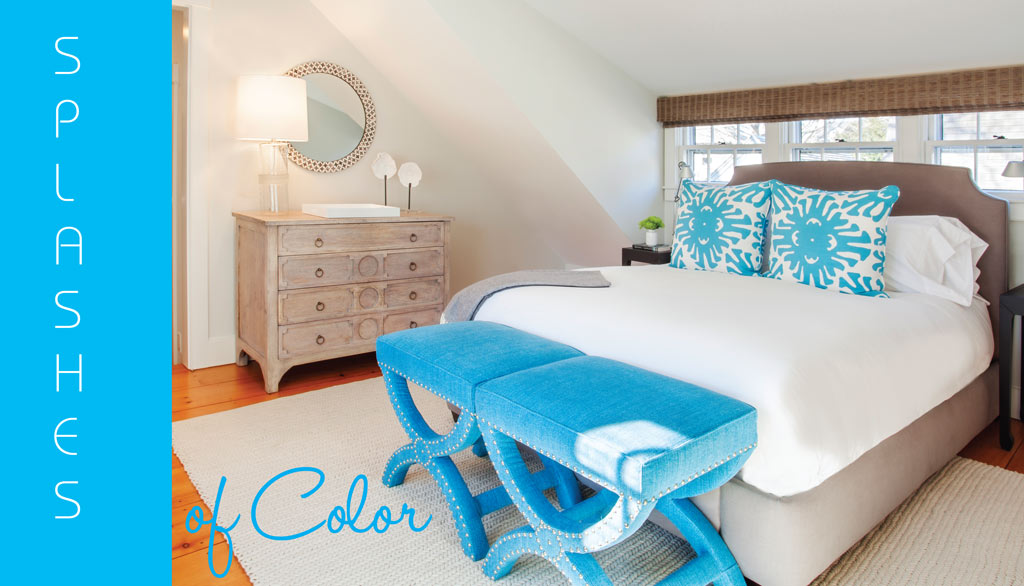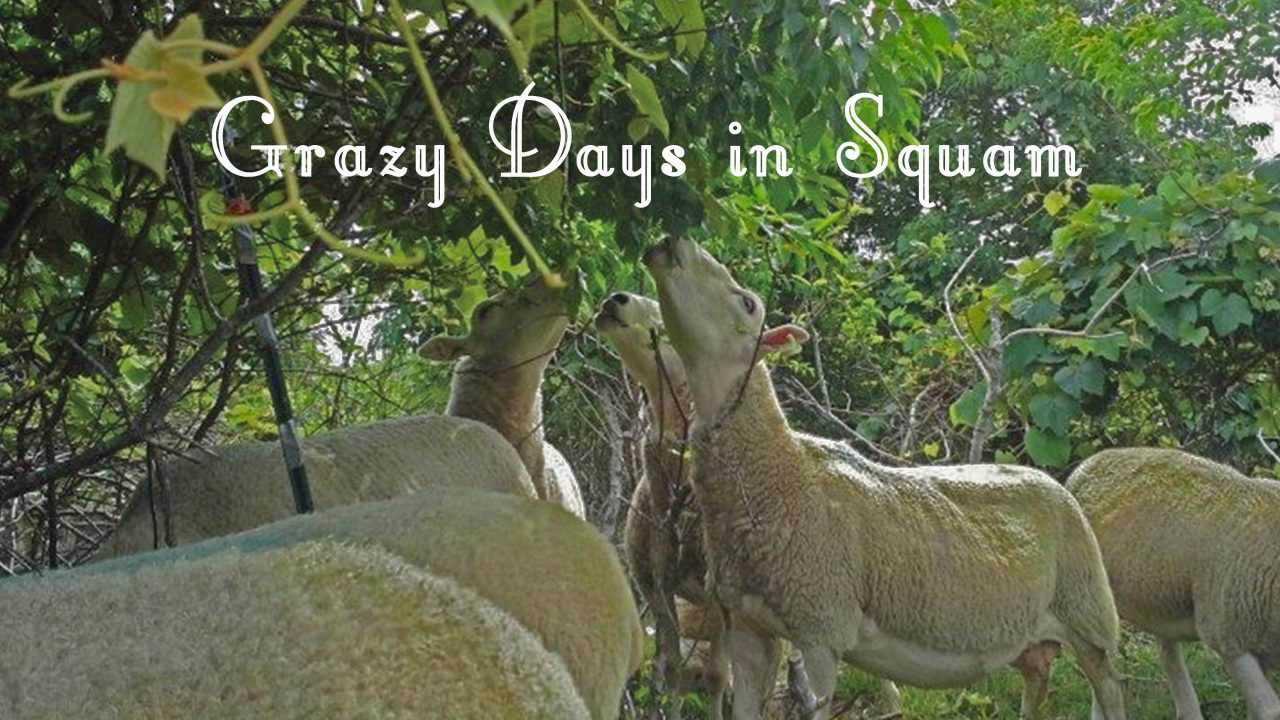An Introduction to Mediums
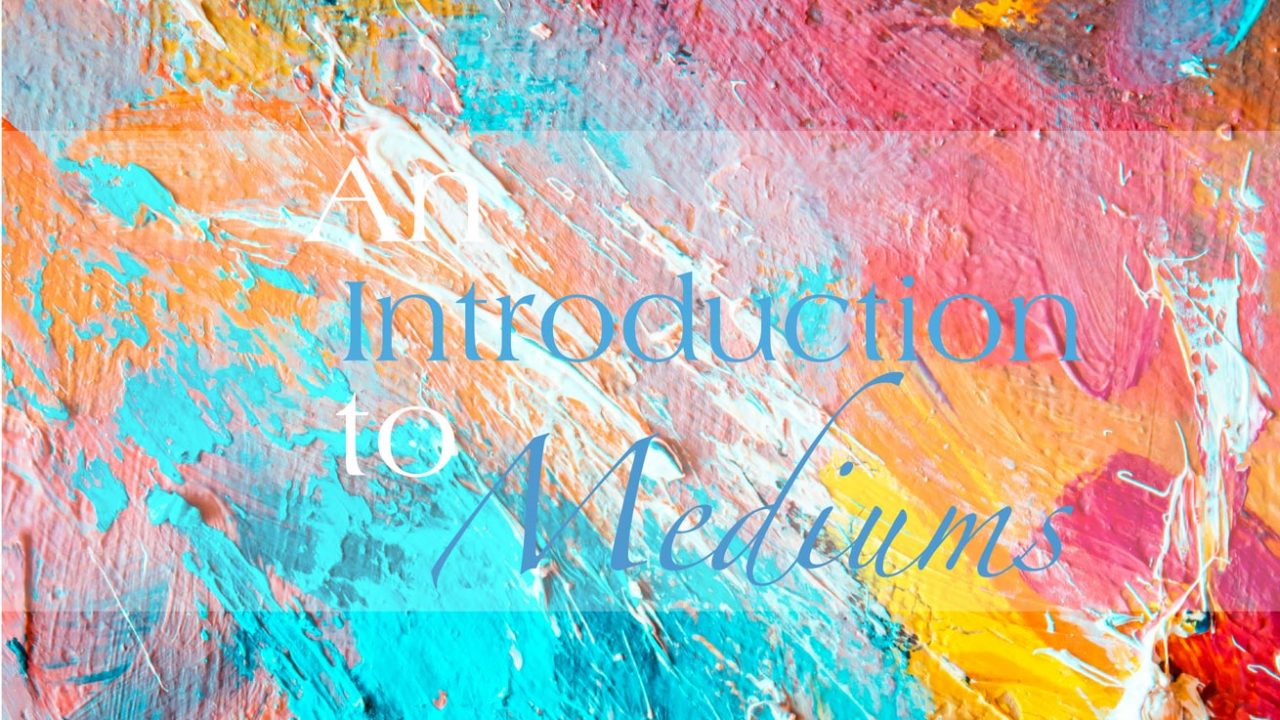
by Karyad Hallam
There are more than 30 art galleries on Nantucket Island. Artists are everywhere, using every technique, every medium and every style. Nantucket, as ever, hosts a mix of pieces from all over the world – iconic seascapes, fiery colored abstracts, sculptures, carvings, fish prints – the sheer variety can be a little daunting. What, exactly, does it mean if something is made with “gouache” or “mixed media”? Other than reading the label and asking whoever is in the gallery (and perhaps a quick search on the smartphone), one is alone in decoding the mystery of a certain piece.
Exactly WHY ARTISTS CHOOSE A CERTAIN MATERIAL only the artist knows, but for your next art walk, here are some insights as to what certain mediums can do that make them stand out from others.
TOOLS OF THE TRADE
The most common painting found on island is definitely the traditional OIL on canvas, with a second probably being ACRYLIC on canvas. Oil is very thick and needs a little chemical persuasion to get thinner, taking longer to dry and allowing for extra textures to be added with brushes (for soft textures) and palette knife (for sharper blade strokes). Because it stays wetter for longer, oil is celebrated for its ability to blend colors on the canvas as well as on the palette, creating extra soft sunsets and backgrounds that fade into the distance. Acrylic is quicker to dry (unless the weather is foggy or rainy), and can be thinned with just water, which means that if a single mark goes awry, it is more forgiving – easy to paint over or alter relatively quickly. Layers can be added quickly and even covered entirely if one wants to start again.
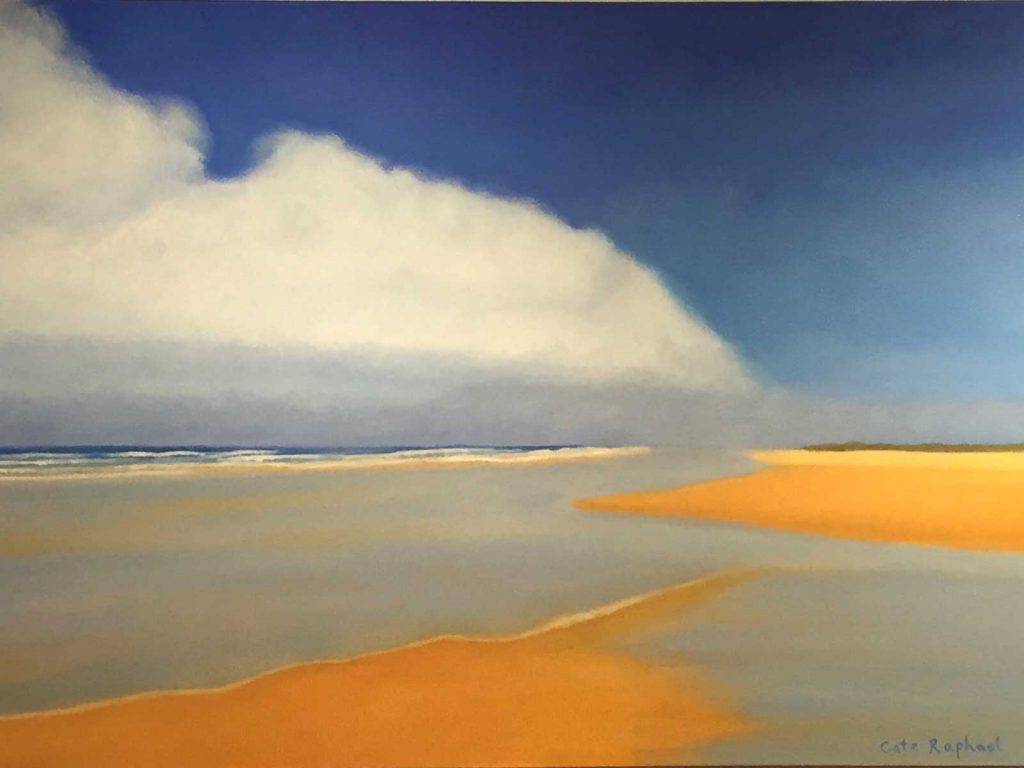
Cate Raphael
WATERCOLOR is the least forgiving medium in terms of correcting mistakes, but the delicacy and subtlety can be worth the trial and error. Many art lovers who want to have a go at it themselves are encouraged to try watercolor first. There are definitely pros: they come in little kits, are convenient to carry around, and the”cakes” of paint last longer and can be reused if they go dry. However, there are a few things to know about watercolor. It is very temperamental. It requires patience and a plan, starting with the lightest color layers first and finishing with the darkest because a stray mark cannot be reversed. Even more intense to use is GOUACHE – like watercolor, but thicker and drying very rapidly, meaning that the brushstrokes have to be quick and decisive. The effect is well worth the effort, the colors blending like no other medium.
PASTEL is excellent for capturing both the rough texture of the paper beneath and the softness of finger-smudged lines. Like pencils or charcoal, pastels come in hard and soft types, ranging from chalky consistency to buttery oil pastels ideal for blending.
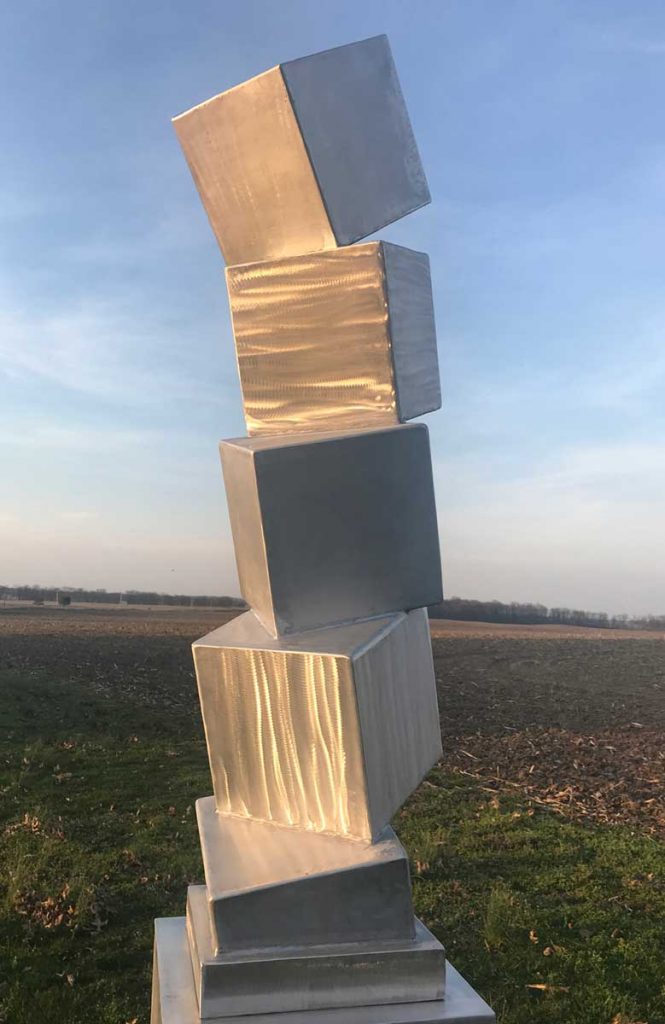
John Evans
MIXED MEDIA means that a piece uses a variety of different techniques and materials, and you can ask the artist or the gallery how it was made. Sometimes a piece uses a specialized process, such as chemical-treated colorful metals (in the case of sculpture) or printing onto glass or metal (in the case of photography).
THREE DIMENSIONAL MEDIUMS
Continuing along to three-dimensional art sculptors choose among three main materials: STONE, METAL and WOOD. In the case of stone sculpture, tiger’s eye and alabaster are relatively easier mediums with which to work, while harder rocks such as Greek marble are more challenging. With wood and stone alike, there is a decision to carve with or against the grain. Wood can be treated, stained, carved and polished so precisely that it is indistinguishable from stone, or pieces can be carved in such a way that natural irregularities show the mark of the artist’s hand.
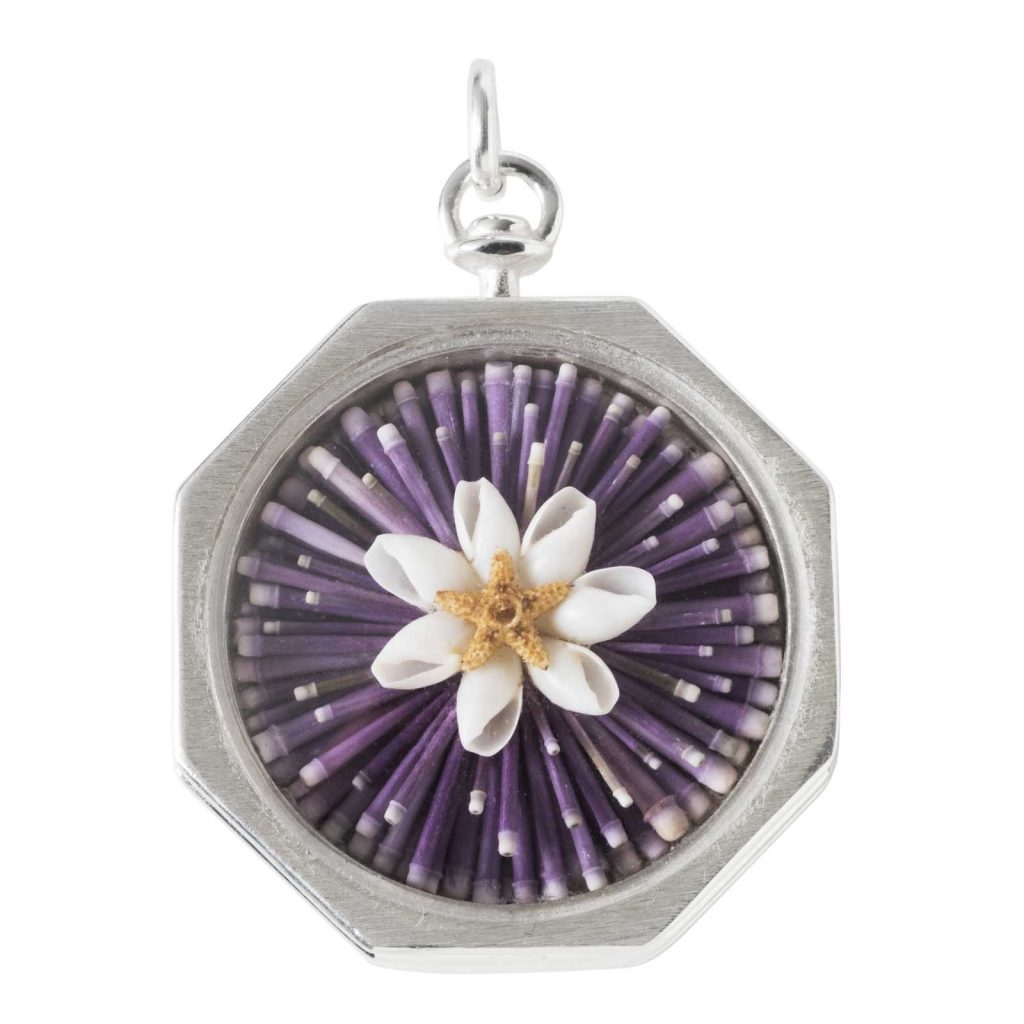
Melissa Dudley
The most dramatic use of texture, as well as mixed media, would have to be ASSEMBLAGE or COLLAGE art, a hybrid of two-dimensional and three-dimensional art. Anything can be used, from newspaper clippings to recycled plastic, with objects popping out at the viewer, affixed with glue-like varnish and sealed like a butterfly in amber. It is unique from other mediums in that it is almost interactive: where you stand in front of the piece changes your perception of it.
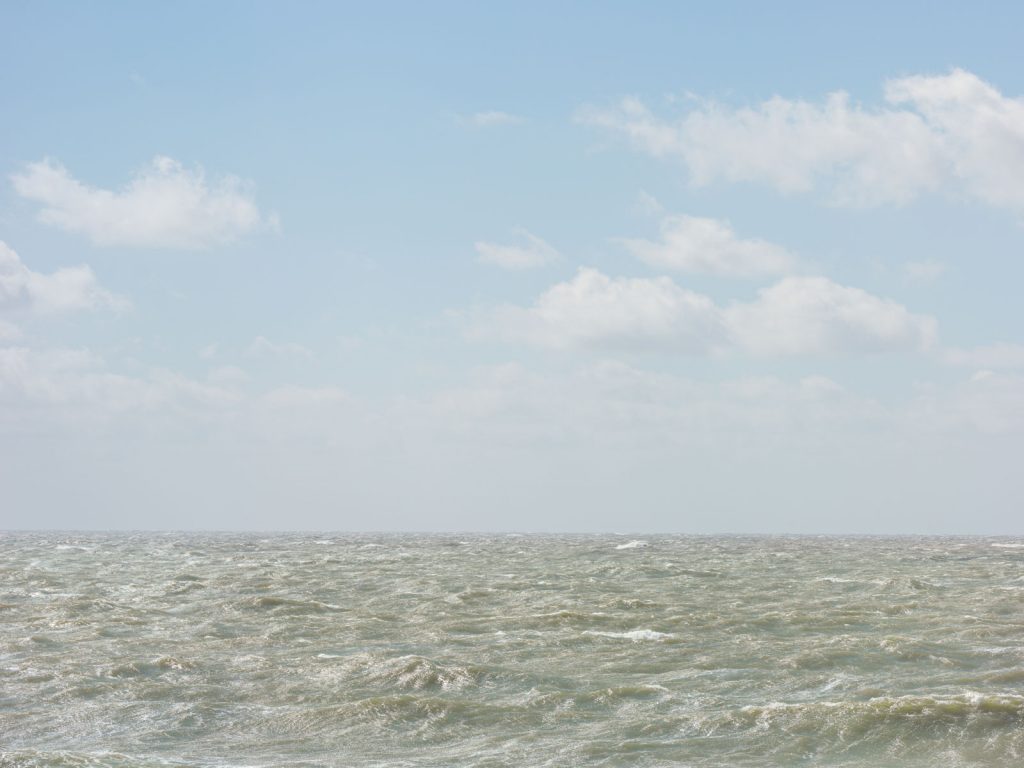
Late Winter Oceanscape
Daniel Sutherland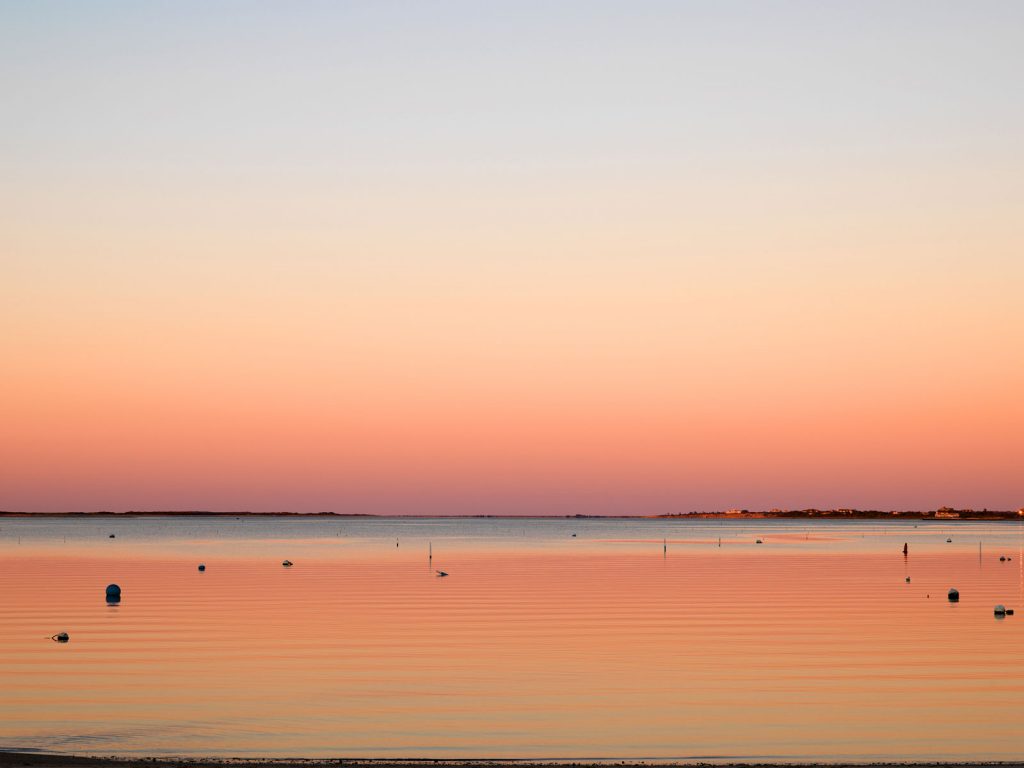
Nantucket Delight
Nathan Coe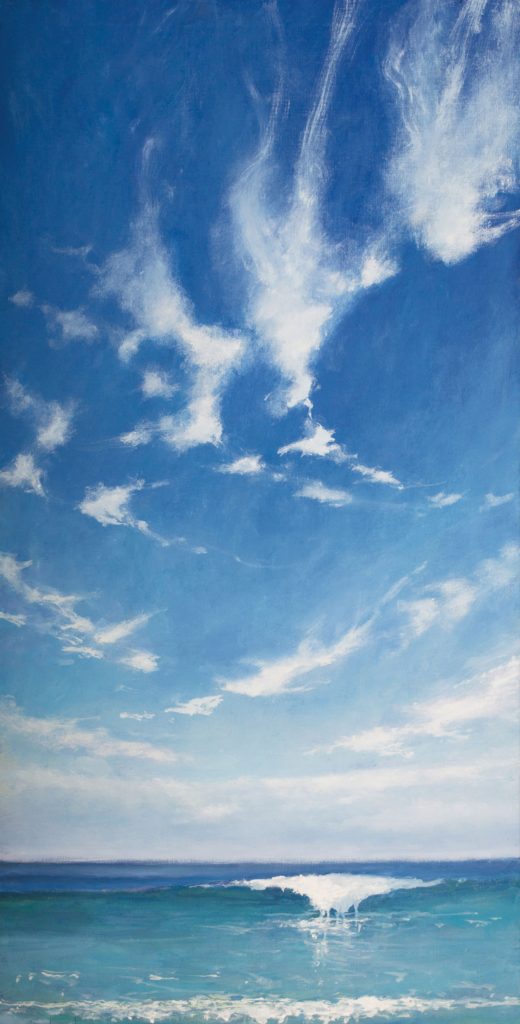
Cirrus Clouds and Wave
Illya Kagan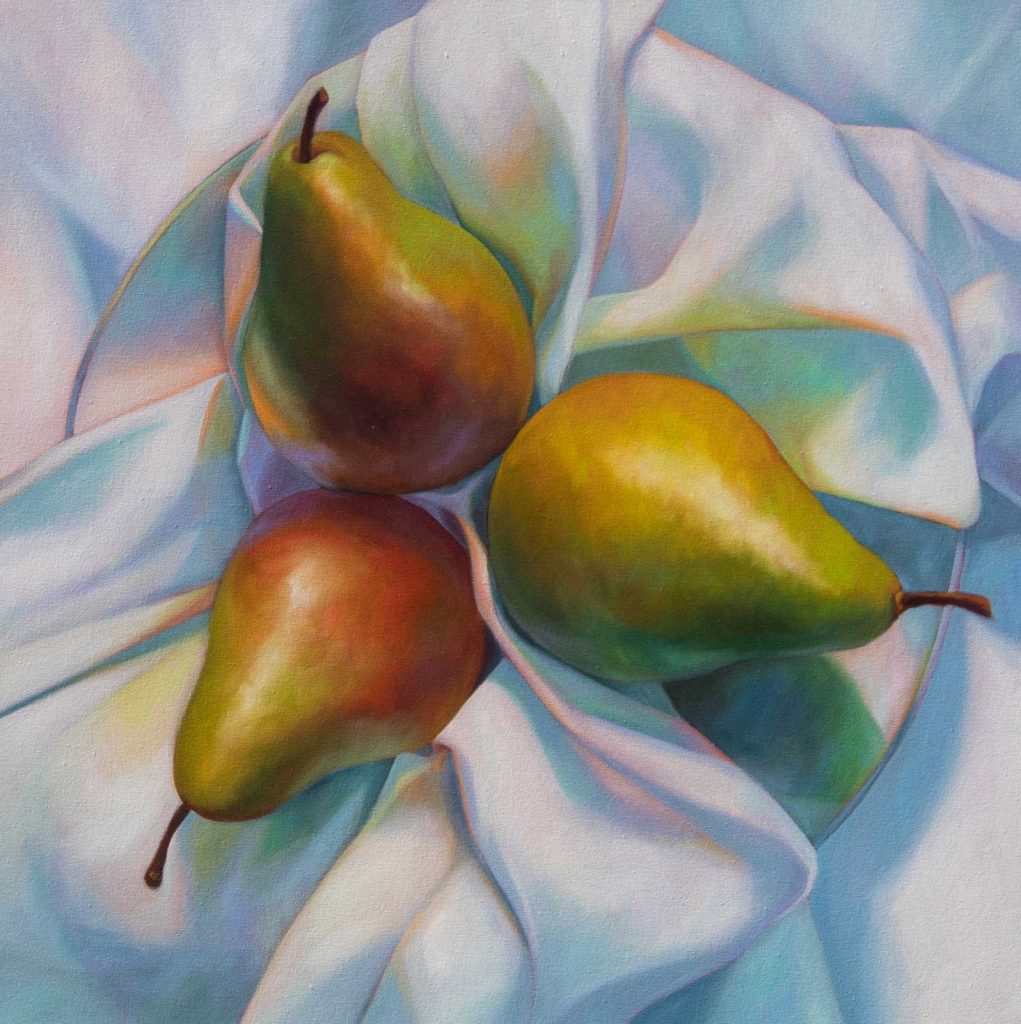
Pairs from Above
Katie Trinkle Legge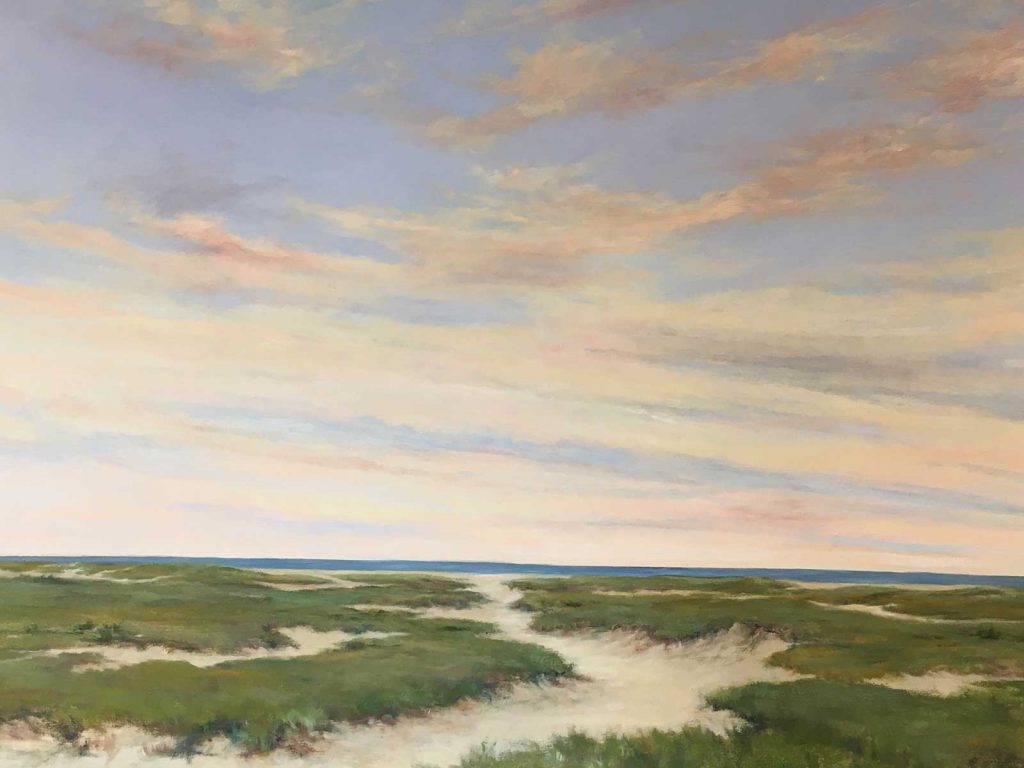
Path to the Shore
Sharon Woods Hussey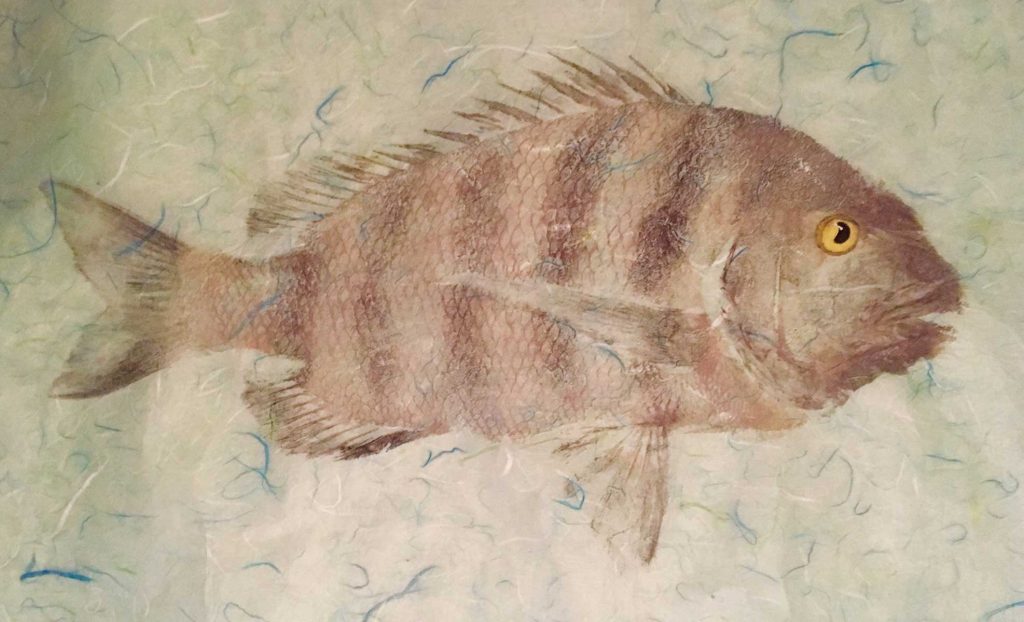
The Convict
Peter Van Dingstee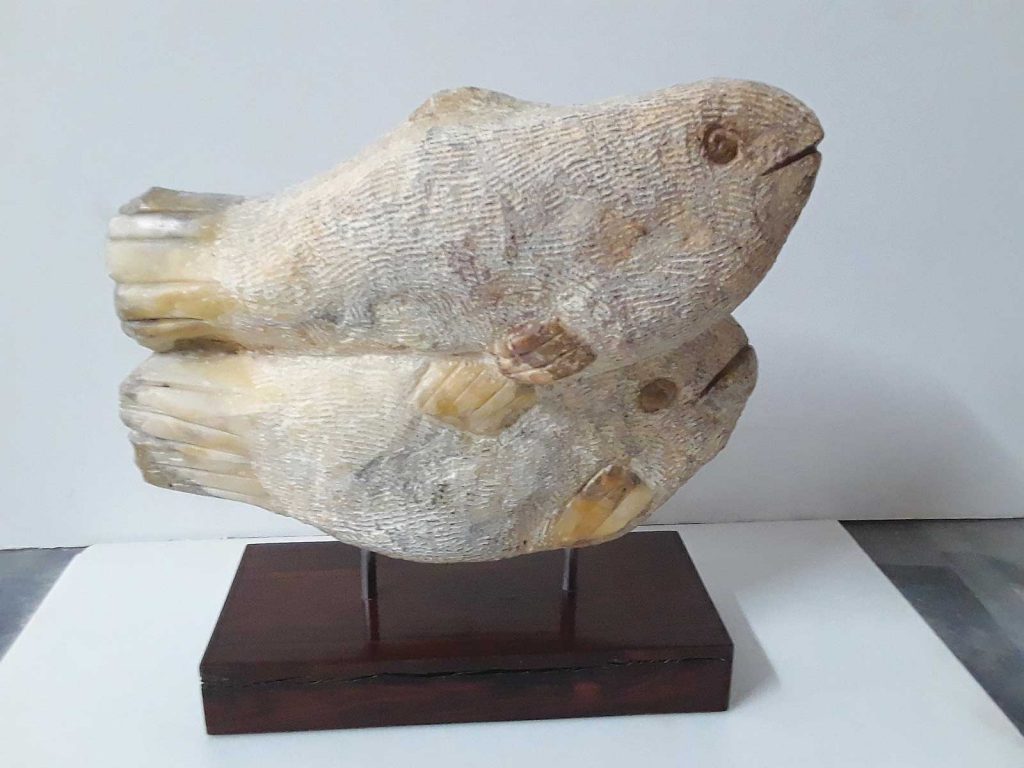
Moving Forward
Lois Wertheimer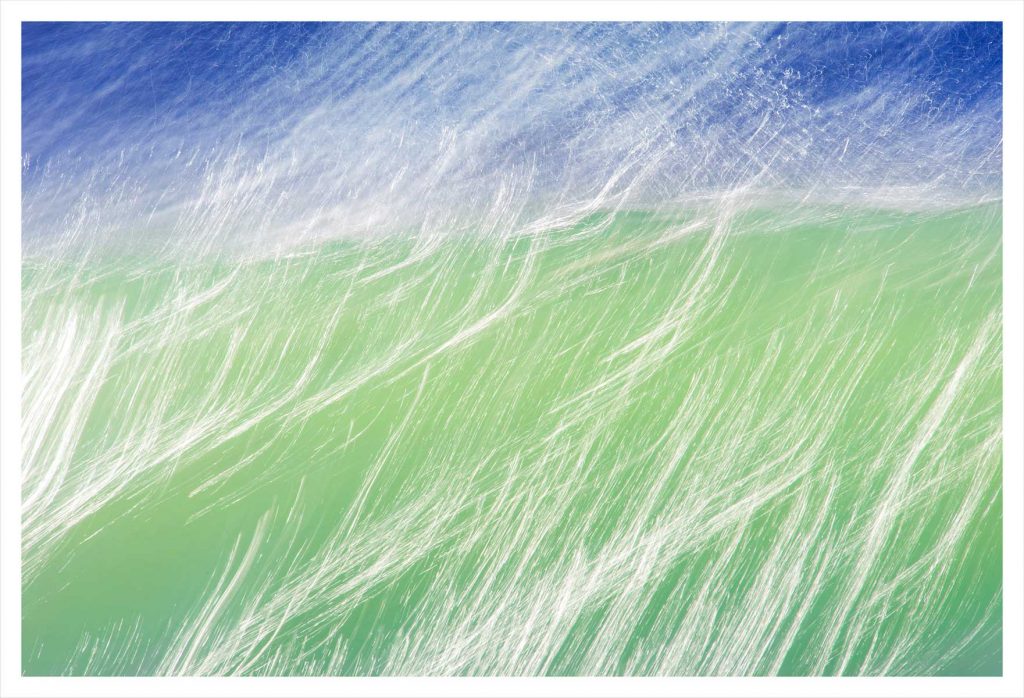
Splash
Craig Poler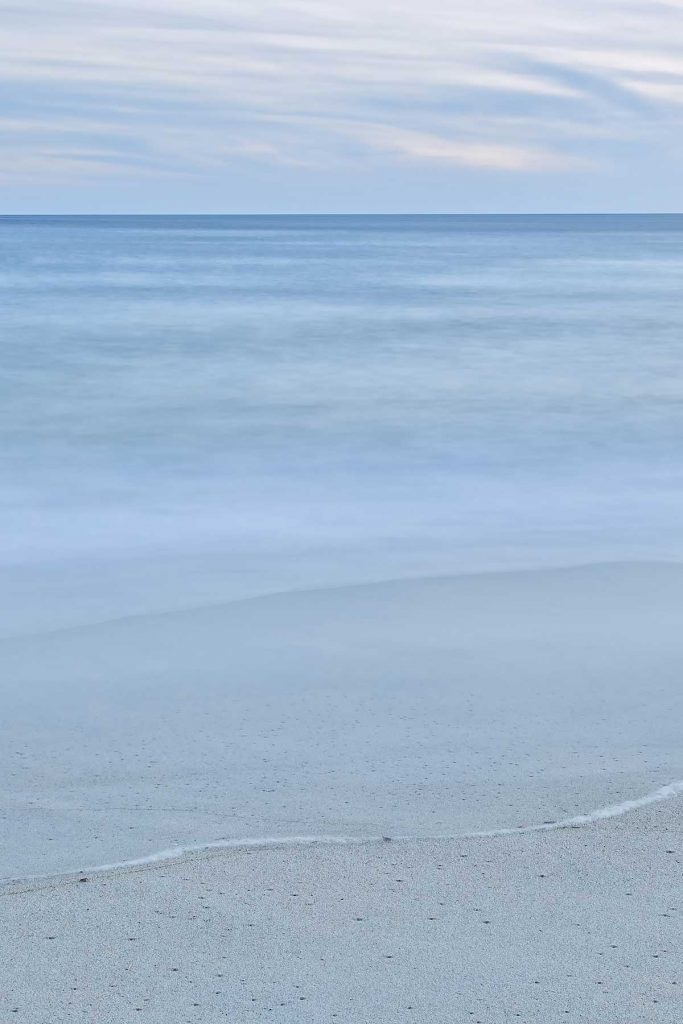
Consulence
Bill Hoenk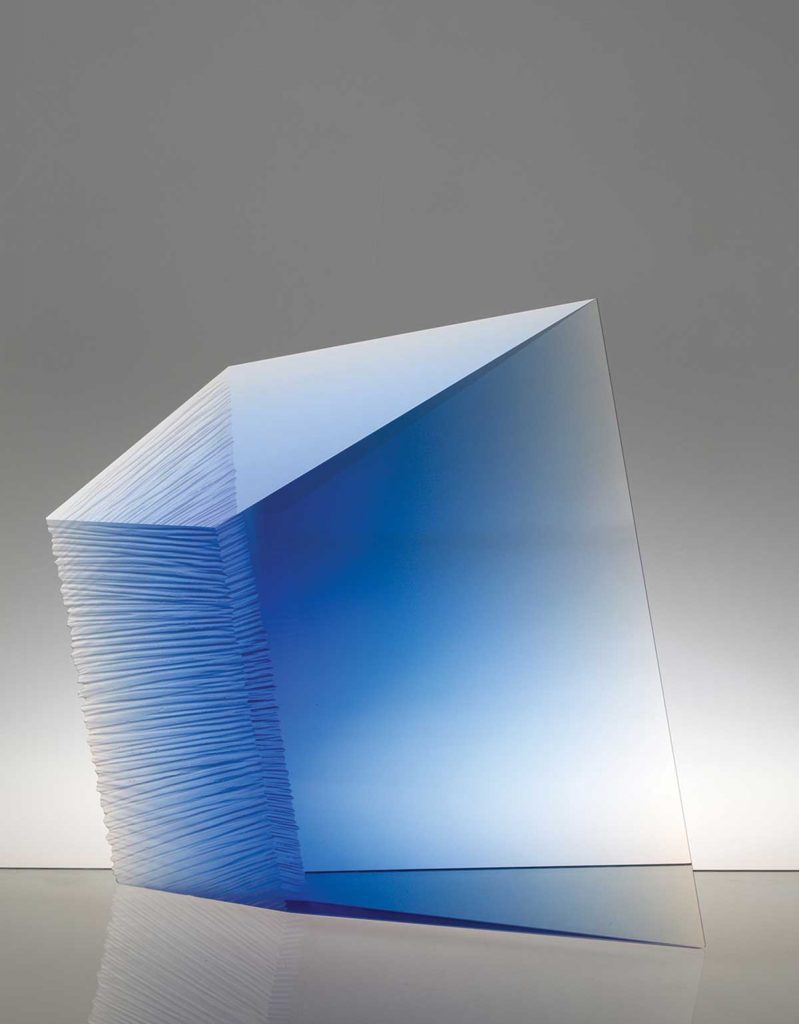
Blue Cube
Tomas Brzon
Article edited. Full version available in ONLY NANTUCKET SUMMER 2018.
